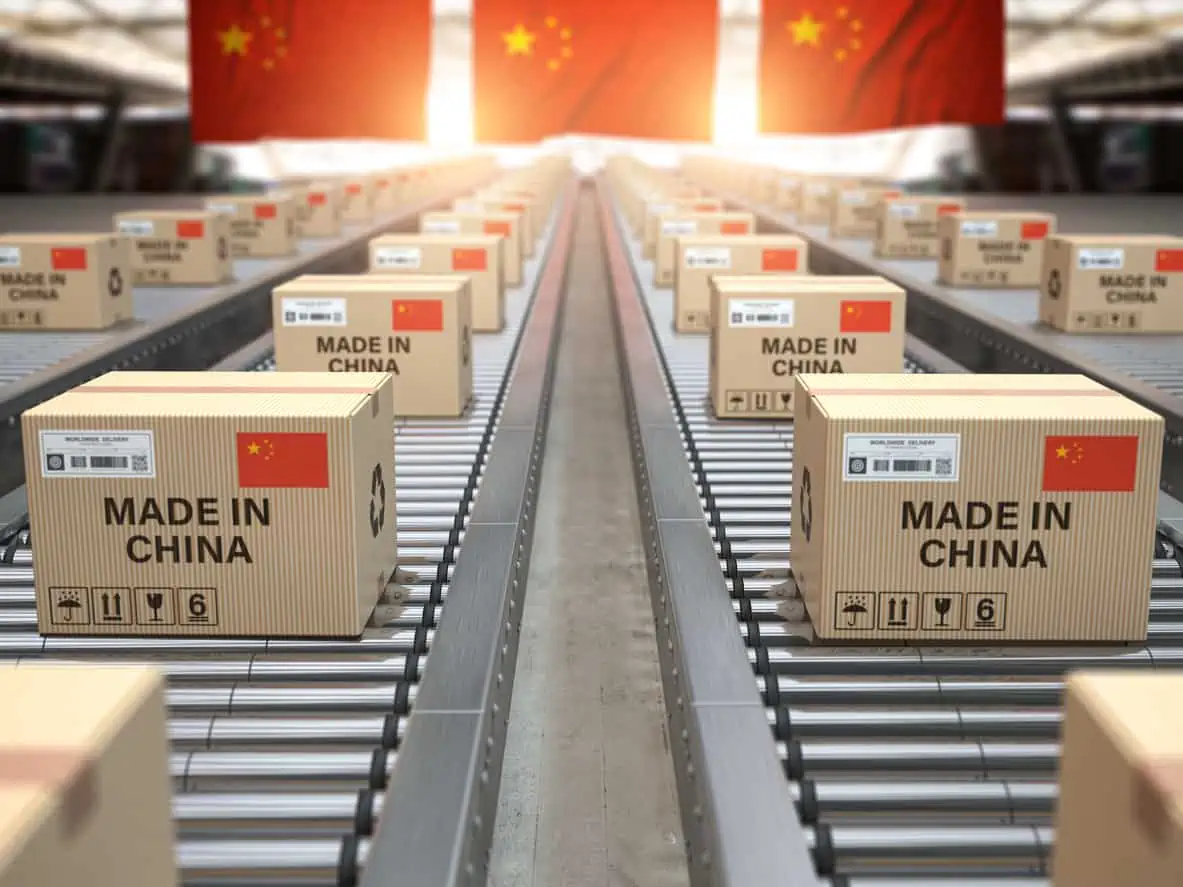
Per WSJ, U.S. companies, trying to reduce their exposure to China, are turning to factories in countries such as Vietnam, Indonesia and Mexico. Many companies, including Apple and Tesla, have shifted some production away from China, or urged suppliers to do so. However, many are finding it hard to avoid China.
Some goods now produced in other countries are still being made in factories owned by Chinese companies, which are expanding overseas, partly to avoid U.S. tariffs. Other goods finished in smaller countries are being made with key inputs from Chinese suppliers. Instead of decoupling, some supply chains connecting the U.S. and China have instead added another link or two, increasing complexity and cost.
China accounted for only 13.3% of U.S. goods imports during 1H23, the lowest level since 2003. Direct U.S. investment into China hit a 20-year low of $8.2B in 2022, per Rhodium Group research. But a closer look at the data reveals that U.S. dependence on China is shifting in ways that locks in further dependence on Chinese suppliers.
Zhejiang Haers Vacuum Containers, a Chinese producer of thermos cups, built a new factory in Thailand in 2021. This reduced tariffs from 25% to ~7%. Jason Furniture, a Chinese furniture maker, opened a second factory in Vietnam in 2023 to make bar stools ottomans and other products for overseas clients.
Direct investment from China to SE Asia reached ~$19B in 2022, up from $7B in 2013. Chinese investment in Mexico rose almost six-fold to $232M in 2021 from $42M a decade earlier.
When China doesn’t own factories in these new locations, it often supplies them. China has significantly increased the amount of intermediate or partially finished goods it ships to smaller countries, which then assemble them into final products for shipment to the U.S.
Continued heavy reliance on China, even when final goods are assembled elsewhere, could leave some U.S. companies exposed to further business risks if tensions continue to rise between Washington and Beijing.
If you want to diversify/improve your manufacturing or cut dependence on foreign sources, MOSIMTEC simulation modeling can help. Shine a light on the status quo. Explore new locations, ways to increase manufacturing/supplier capacity or reduce shipping cost/delays, and options to improve processes with ports and transporters. Assess options virtually in a sandbox environment to change strategy, raise production/inventory, cut cost, enhance fluidity, reduce risk or meet other goals. Manufacturing success is key to survive and thrive. MOSIMTEC can help you future-proof your business.
#manufacturing #supplychain #China #imports #tariffs #manufacturing digital twins
Read More: https://www.wsj.com/world/china/u-s-companies-are-finding-it-hard-to-avoid-china-213997b7